Tell us a little about yourself- your background, major program of study, reason for taking this trip, and anything else interesting you want to share (maybe something people might not know about you)
I come from an all around family in Tsawwassen, BC, with no real outstanding artistic feats, but more along the lines of business, but even so, I am inspired by the more artistic side of life, more along the lines of sketch or classical art. My major program of study is in the Fine Arts Department at Kwantlen Polytechnic University since 2016, aiming to obtain a Bachelor of Fine Arts, and major in the subject of Digital Media. This is my first time travelling out of Canada, giving me a whole new perspective on art in other countries, and one of the main reasons that I wanted to join on this adventure would be because of the fact that I had not seen art up close, like at the Louvre or Versailles Palace, so travelling to these places has given me the chance to actually experience these masterpieces up close and personal. And finally, the chance to see one of the greatest art shows, Documenta, for the first time was something that I could not afford to miss, like so many other students that are joining on this voyage.
One other fact would be that my favourite museum that we have visited thus far would be between three of them, the L’Orangerie, the Orsay, or the Louvre because of the different forms of art that they have on display. The Louvre had all sorts of older forms of art, like Egyptian and Roman, to French art. As for the L’Orangerie, there were more paintings by Monet and other Impressionist artists like Degas or Cezanne, as well as some other artists like Picasso’s model art. And finally, the Orsay was the home of most Impressionist art pieces, for example, Manet’s The Luncheon and other fantastic works of art.
Our group did a day trip to the Palace of Versailles to visit the home of Louis XIV.
Cameron beating the summer heat in Paris :)
What has met or exceeded your expectations or surprised you about Paris so far?
After my first few days in Paris, I would honestly have to say the transition from my usual way of living in Canada to how everyone in Paris lives is quite dramatic, from how Parisians act on the streets to how they respond to someone from outside of Paris, for example, the fact that some cafes in Paris will deny service. What exceeded my expectations from the start would be the Pantheon, just stepping into the Pantheon is awe inspiring and hard to turn away from. The architecture, to the decor of the Pantheon, draws the eye in and forces you to stand in amazement of what the people of Paris had done when they first constructed it, from the pillars, to the coffers, and to the statues, everything about the Pantheon was breathtaking.
Our hotel, the Aparthouse Adagio Paris Buttes Chaumont is only a few minutes from the metro, making travel around the city incredibly easy to navigate, plus the neighbourhood surrounding the hotel is pleasant—there’s the local bakery with freshly baked goods, and the wine store that sits close to the church near the metro station. Moreover, most places are only a short walk away, so even if you could not get on the train, you can still walk to wherever you want to go in a short amount of time.
Cameron was assigned Claude Monet's The Railroad Bridge of Argenteuil (1874)
Give us some insight into your assigned artwork from the Orsay Musuem. After seeing the work in person in Paris (and any other related art from the same artist or art movement associated with the assigned work), what struck you most about it and/or how did the artwork’s form, content, and context shift for you when seeing it.
My assigned artwork is Monet’s The Railroad Bridge of Argenteuil (1874) and upon seeing it at the Orsay museum, I could see some extra details that I could not see in a printed copy. For example, the fact that I could see how the brush strokes were applied and that the bottom part of the work had a slight blue tinge to it, signifying that the water underneath the bridge is reflecting some light onto the bridge. What struck me the most in this painting was the concept of the bridge colliding with the natural landscape, and one thought I had in mind for the train was that it could signify that a loved one of the artist, Monet, could be on the train, leaving the safety of their home, that they had grown accustomed to, and entering a world that is unfamiliar, merciless, and deceitful.
Another interpretation would be that the bridge is an invasive force, trying to consume as much of the natural background as it can. For example, how the bridge itself seems to overlap the background or how the smoke from the train looks to be contrasting with a beautiful blue sky with its dark grey tone
Cameron's final studio project in conversation with Monet.
How did you approach the creative task of responding to this assigned work in studio? What were your challenges as an artist to be in dialogue with the artwork and artist? Would you do anything differently now that you have seen the work in person?
How I connected my first assignment to the work I am doing now was not easy. In fact, it was a little difficult since the work is not aligned with the way I usually draw. My original project before we left was inspired by Martin Ramirez’ Trains and Tunnels series, and my original idea was to relate to everyone who is experiencing problems on both sides of society, both higher class and lower class, and in the middle was meant to represent the pressure that both sides give off, if you could not meet the expectations of the public opinion, then you will be shot down and disowned. Now that I have seen Monet’s piece in the Orsay, and heard the critiques of my piece, what I would have done differently in my assignment would be how I would have applied the colour because when I applied the watercolour, I failed in adding a sense of depth to it, making the piece itself seem flat and lifeless.
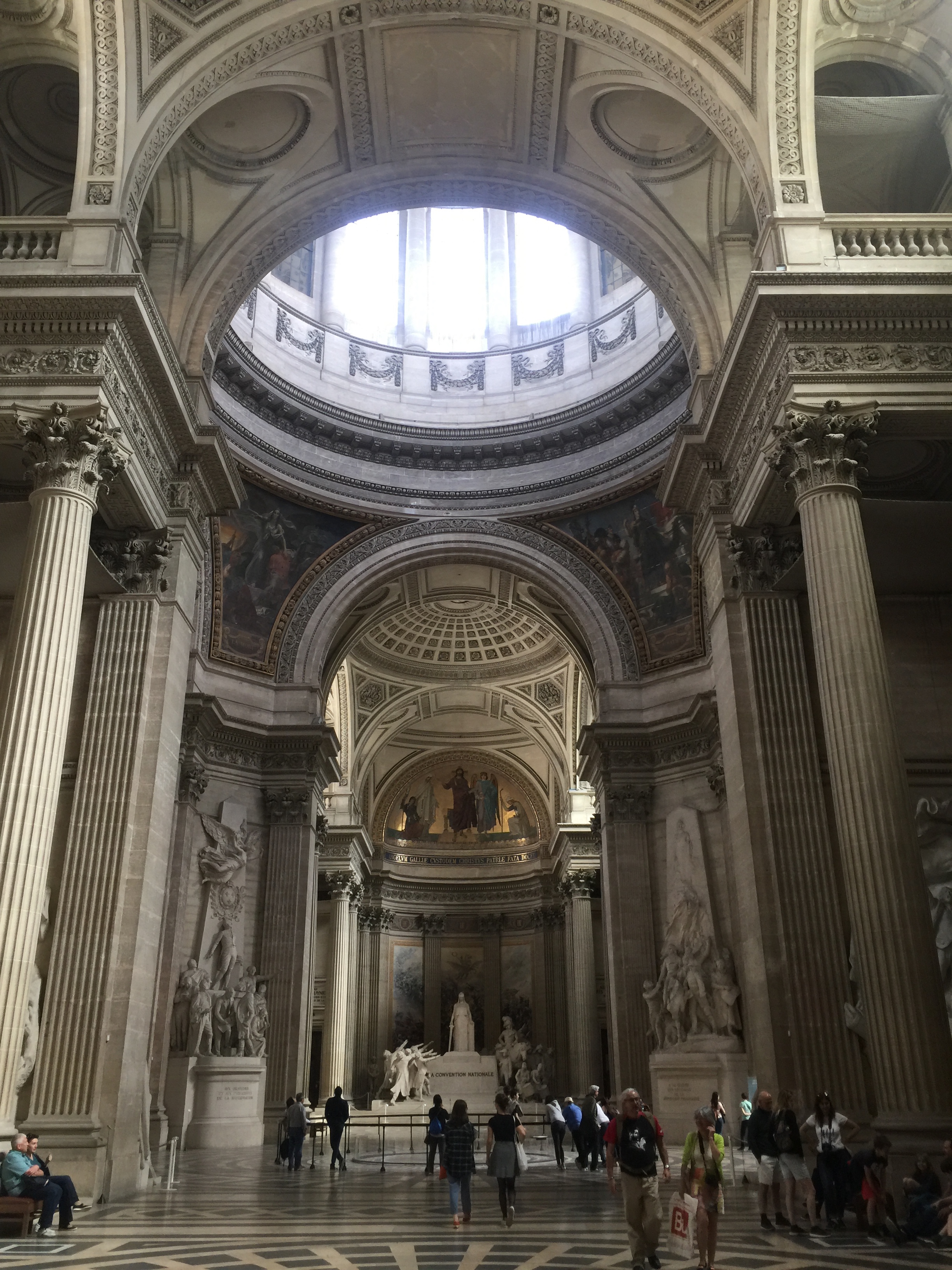
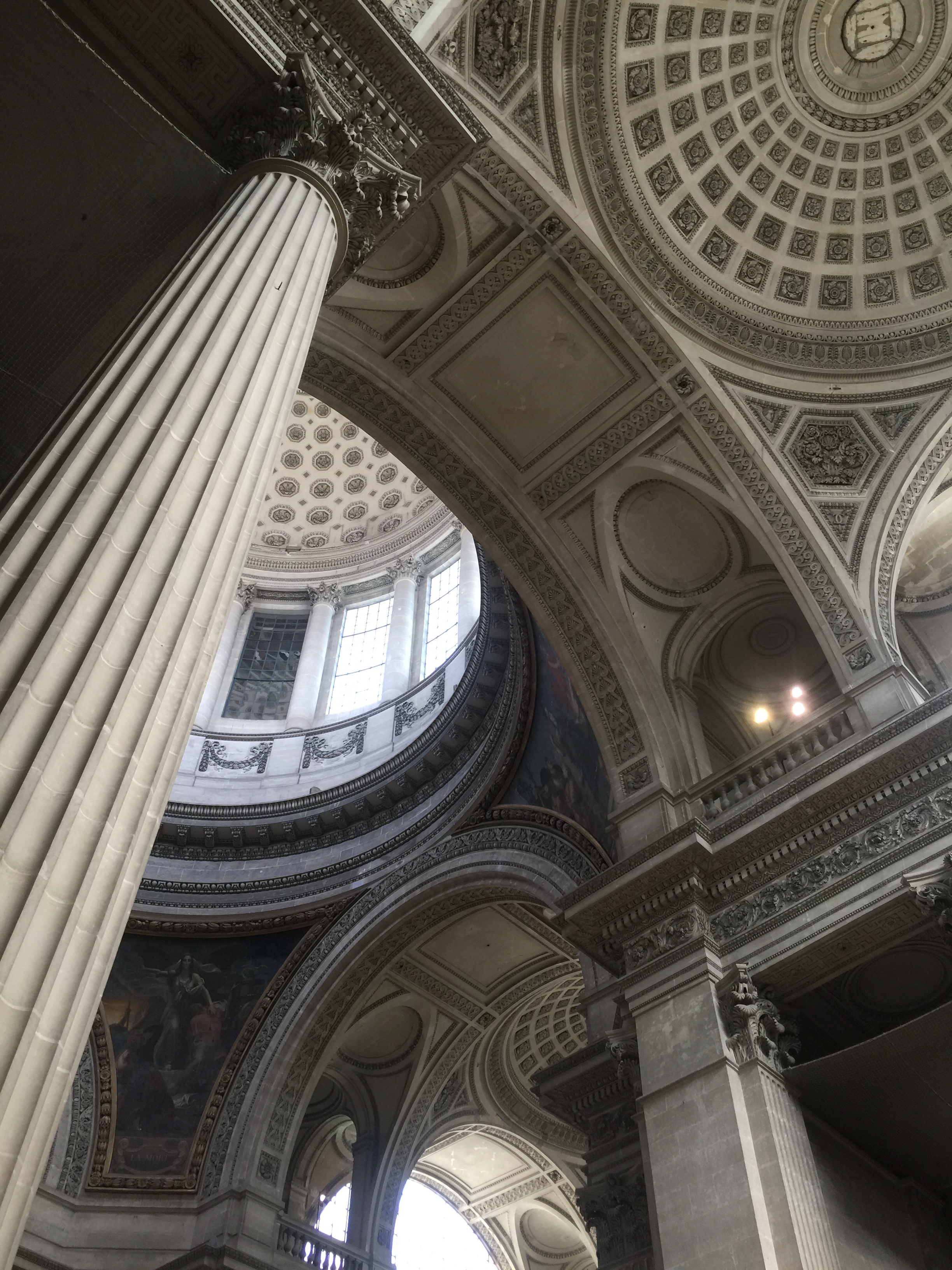
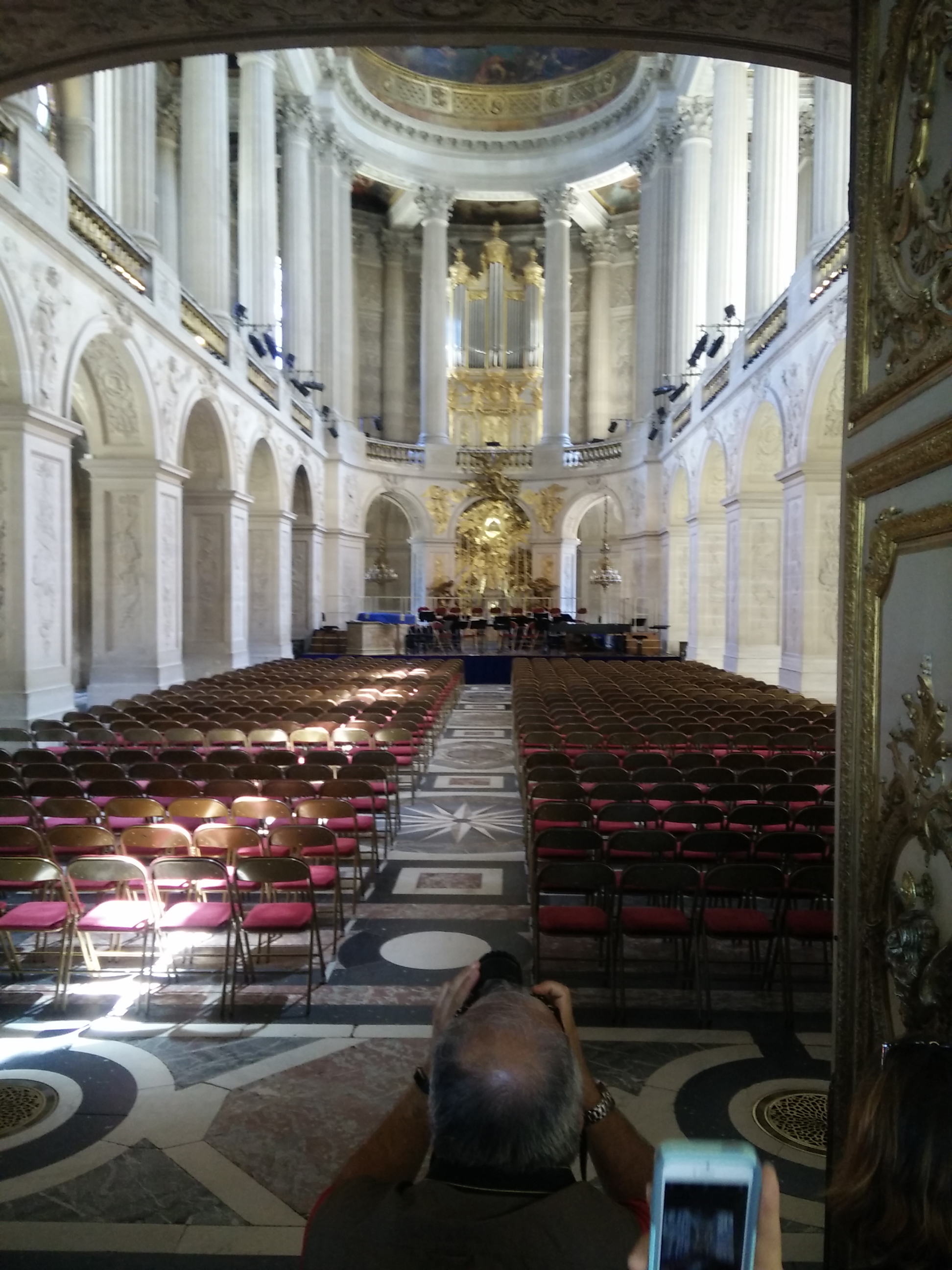

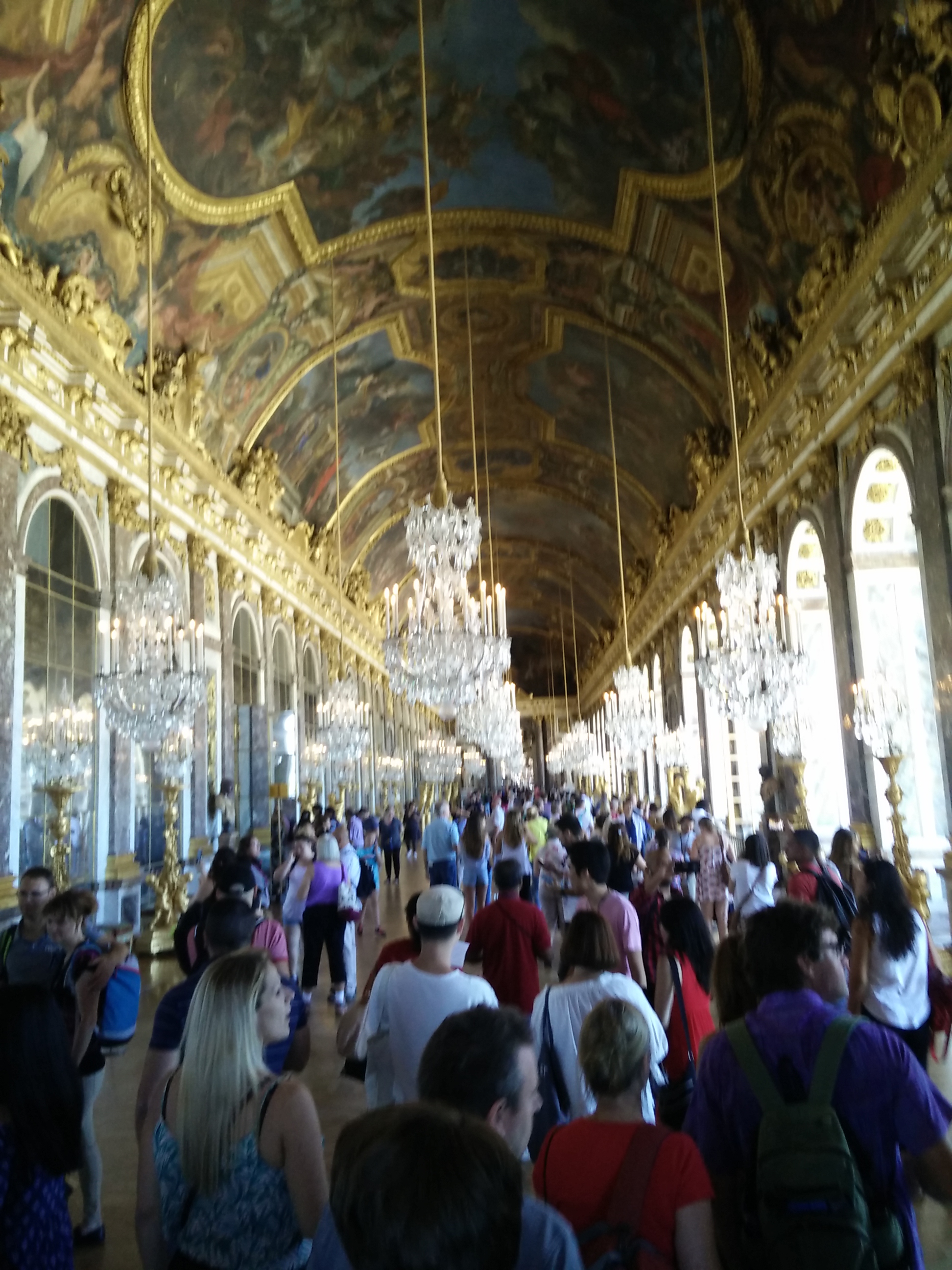
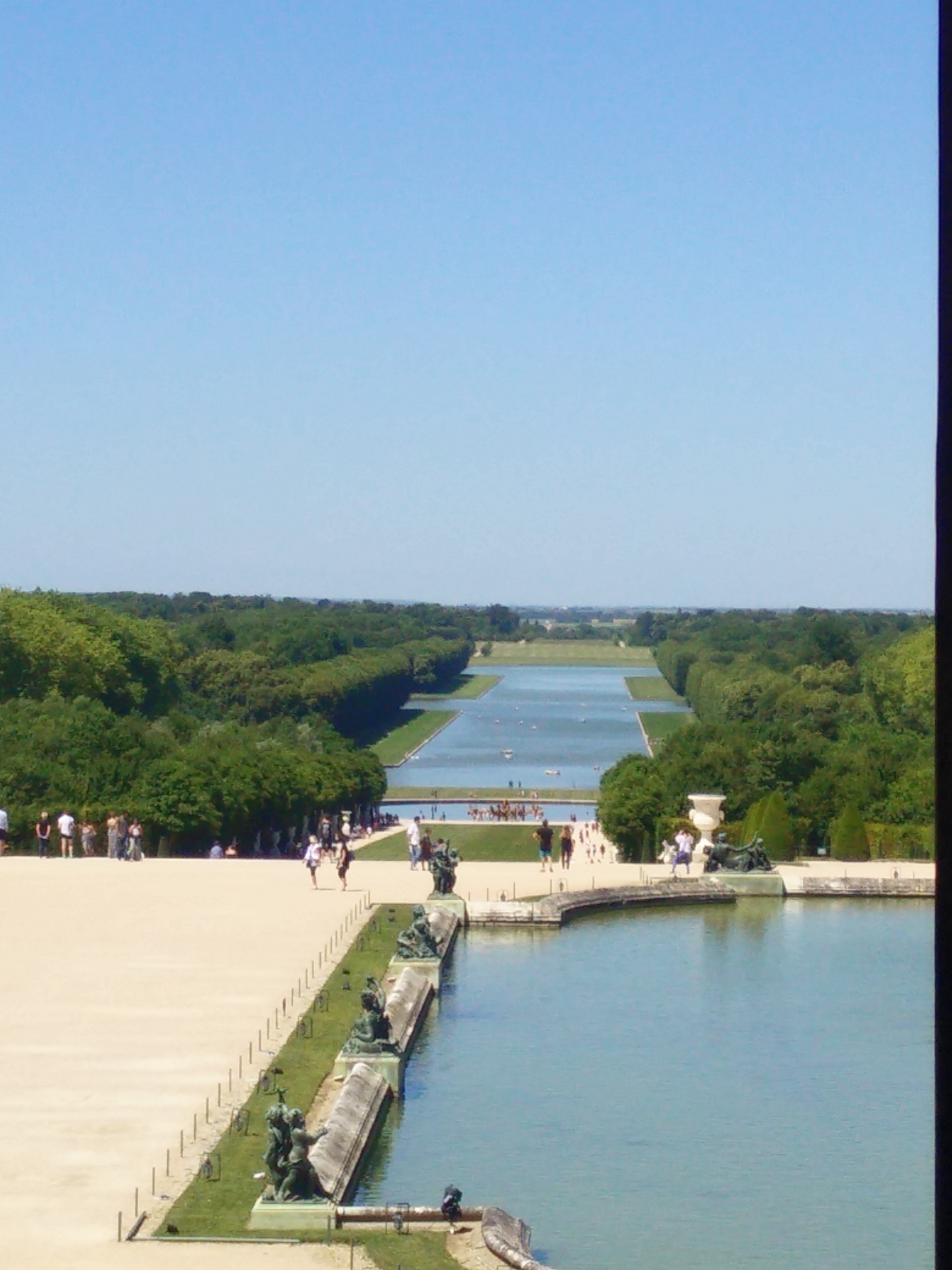
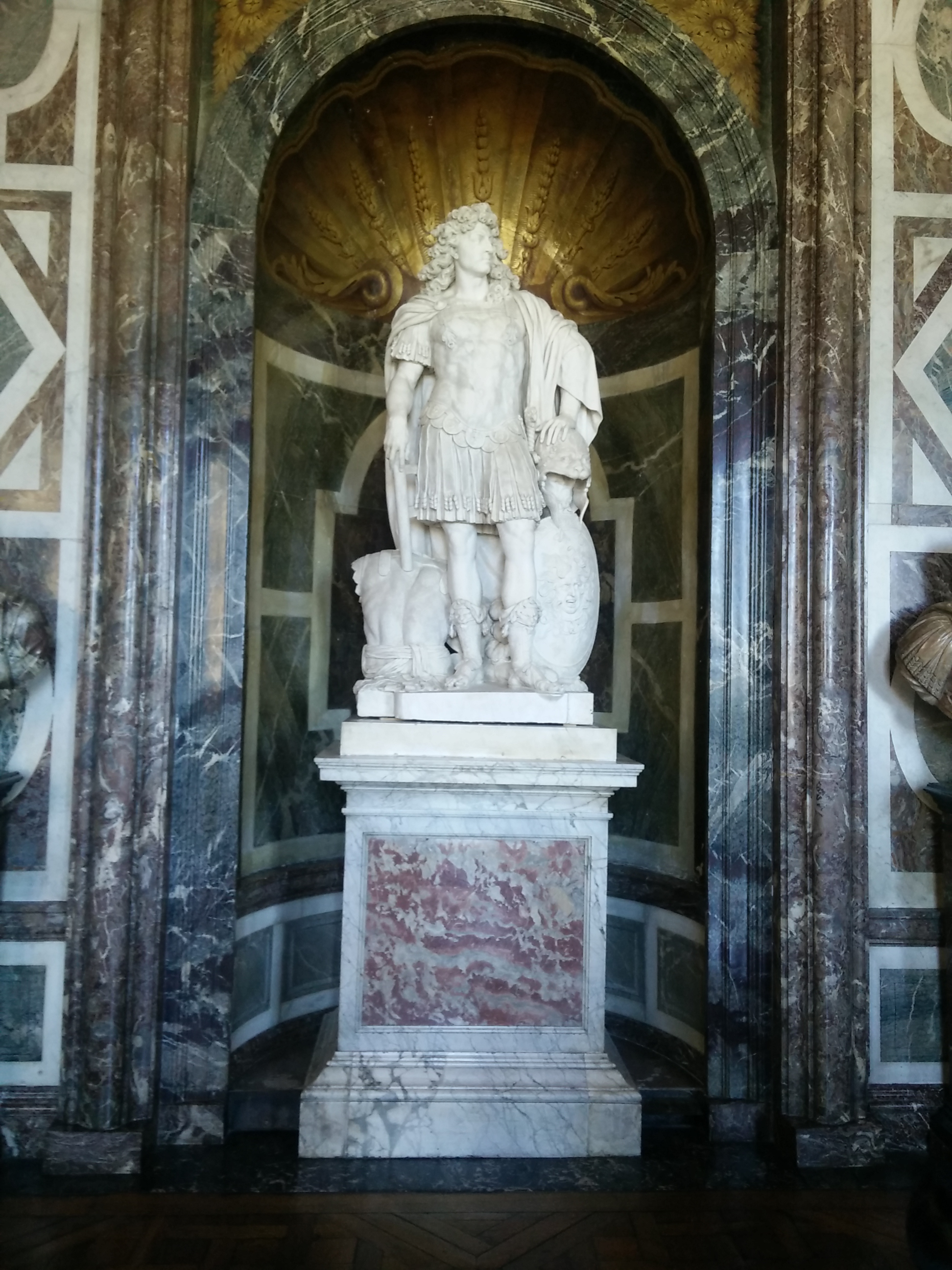
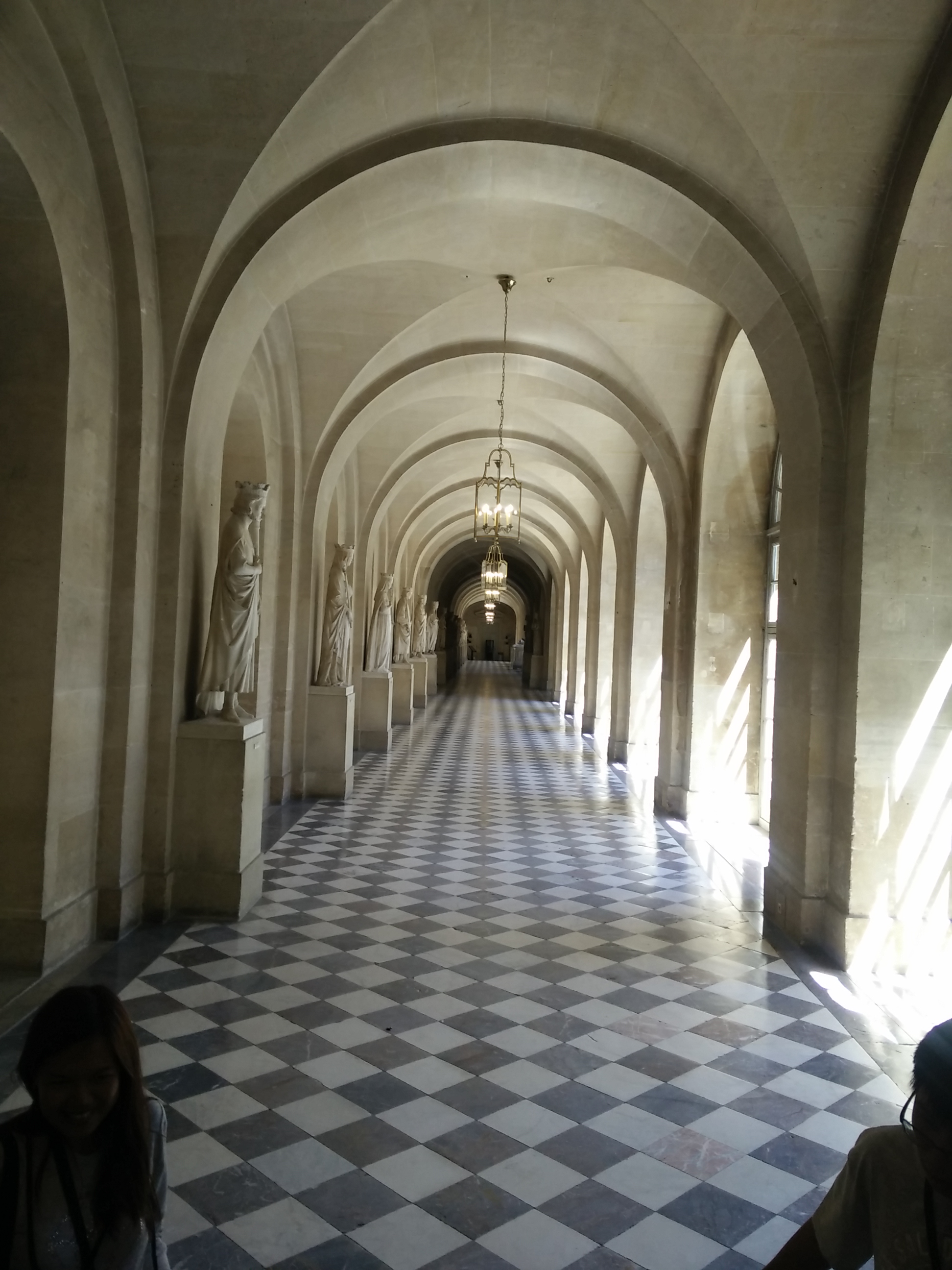
Today’s activity was located at the Versailles Palace. What were your impressions? What will you take away of the experience of this day? What are the most memorable moments for you?
The Versailles Palace and Garden were spectacular and above all had a very present sense of regality—it was easy to see why Versailles was one of the most popular attractions of Paris. My first impressions of the outside of the palace was wonderment, but more importantly, intimidation due to the fact that the palace once housed the very king of France himself, King Louis XIV, which is more than enough to make me a little apprehensive, plus the amount of armed guards around gave me a sense of unease. As for the interior, it felt that we were walking and seeing through one of the servants that served the king, observing many different section of the king’s chamber, the long corridors, and the places where the King spent his time. When it came time to observe the garden of the palace, the extravagant view was wonderful and the expansive view of the gardens length was breathtakingly long, a total of 800 hectares. It is said that the gardens were made for the amusement of the King, reminding him of how much power he held before his passing, and that is exactly what I experience as I look out from the King’s chamber.





